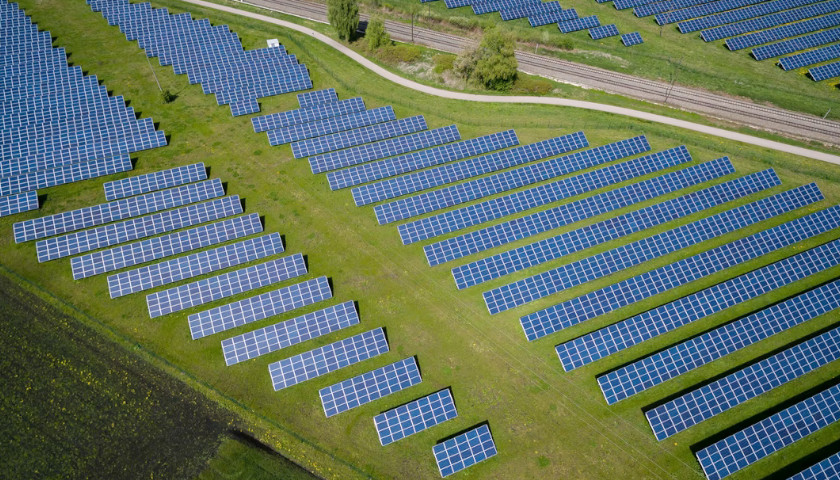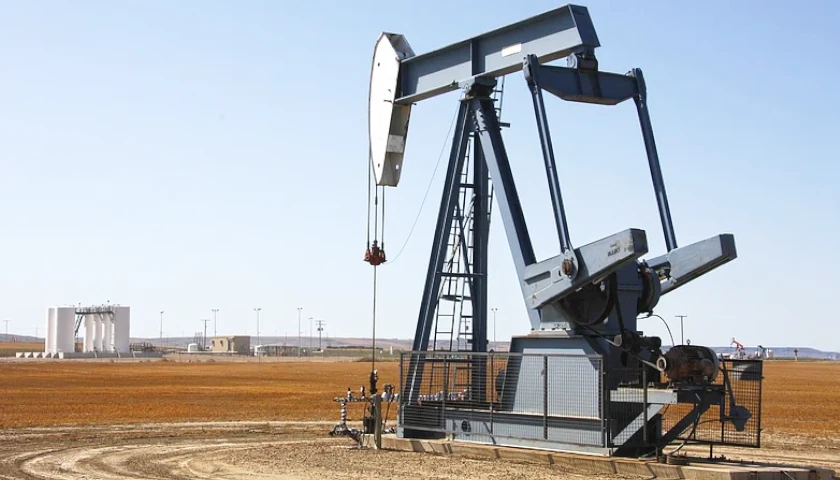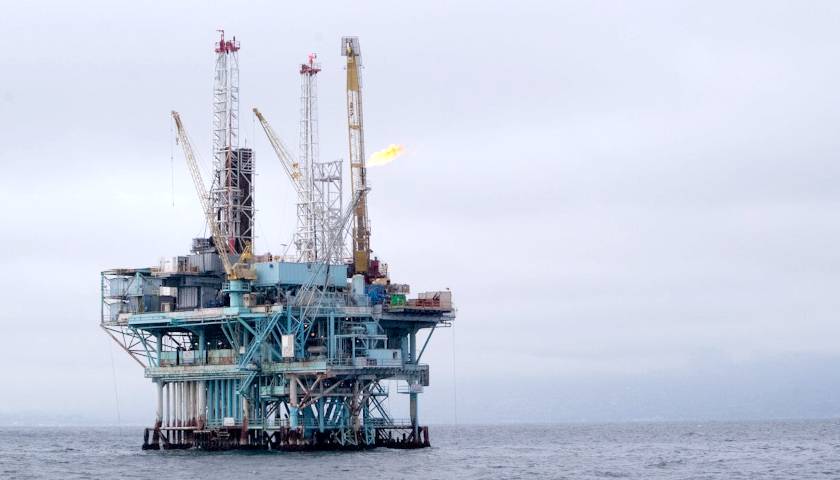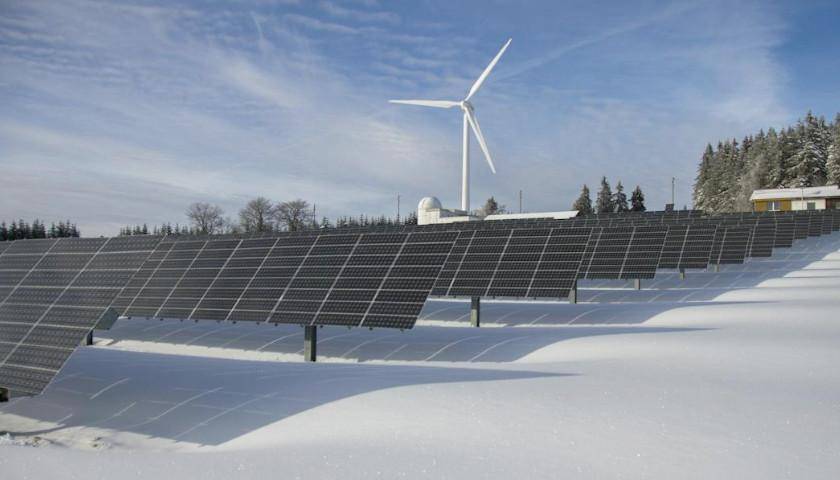If approved by the Senate, Trump’s pick for Energy Secretary, Liberty Energy CEO Chris Wright, will be the first time the Department of Energy has had an executive in the energy industry lead it. In a statement on X, Wright said he’s “honored and grateful” for the opportunity.
Read MoreTag: gas
Biden Admin Looks to Open Up 31 Million Acres for Solar After Locking Up Oil, Gas in Huge Swath of Alaska
The Biden administration proposed to open up tens of millions of acres of public lands to solar development on Thursday after cementing restrictions on oil and gas activity across large swaths of Alaska.
The Bureau of Land Management (BLM) rolled out its proposed “Western Solar Plan,” which would put approximately 31 million acres across 11 western states on the table for possible solar development. The agency’s solar plan comes on the heels of its Tuesday announcement that it had finalized protections for 28 million acres of public land in Alaska that will effectively prohibit oil and gas activity on that acreage.
Read MoreU.S. Oil, Gas Hit Record Production Despite Opposition from OPEC, Activists, and Biden Administration
The United States is producing more oil now than any nation in the world has ever produced. In 2008, the U.S. produced only 5 million barrels of oil a day. Last year, the country produced 13 million barrels daily.
The United States’ record-breaking production is often used to knock back the argument President Joe Biden’s energy policy aims to minimize domestic fuel fuel production – to cut carbon emission and make way for more renewable energy.
Read MoreCommentary: The Consequences of Delaying Offshore Oil and Gas Lease Sales
Offshore drilling has been a cornerstone of global energy production since the 1800s, fueling the American way of life and powering the global economy. From the early days of “on-water-drilling” to the advancement of the fixed platform units of today, offshore drilling has consistently contributed around 30 percent of global oil production. In the U.S., supply on federal offshore lands in the Gulf of Mexico alone accounts for approximately 15 percent of total crude oil production.
Read MoreCommentary: The Delusions of Davos and Dubai Surrounding Wind and Solar Energy
In the most recent “Conference of the Parties,” otherwise known as the United Nations extravaganza that convenes every few years for world leaders to discuss the climate crisis, several goals were publicly proclaimed. Notable were the goals to triple production of renewable energy by 2030 and triple production of nuclear energy by 2050. Against the backdrop of current global energy production by fuel type, and as quantified in Part One, against a goal of increasing total energy production from 600 exajoules in 2022 to at least 1,000 exajoules by 2050, where does COP 28’s goals put the world’s energy economy? How much will production of renewable energy have to increase?
To answer this question, it is necessary to recognize and account for the fact that most renewable energy takes the form of electricity, generated through wind, solar, or geothermal sources. And when measuring how much the base of renewables installed so far will contribute to the target of 1,000 exajoules of energy production per year in order to realize—best-case scenario—800 exajoules of energy services, the data reported in the Statistical Review of Global Energy is profoundly misleading.
Read More



